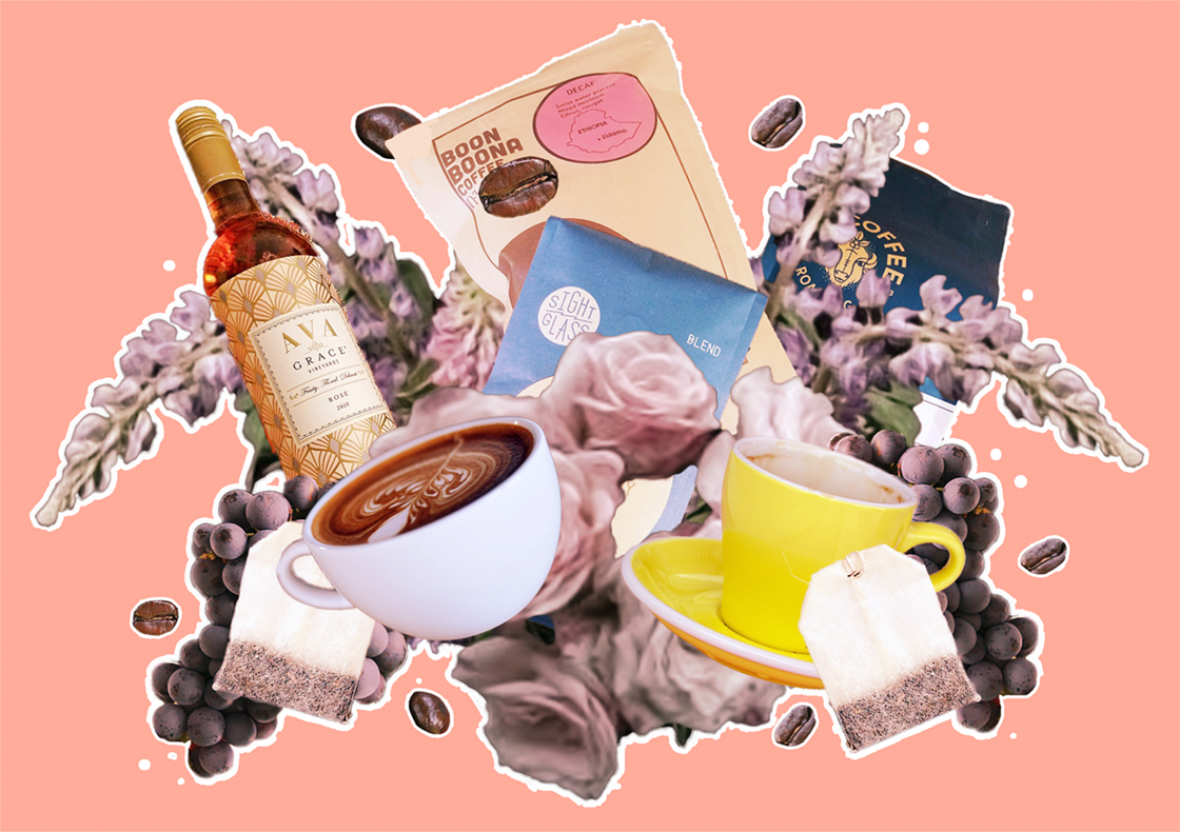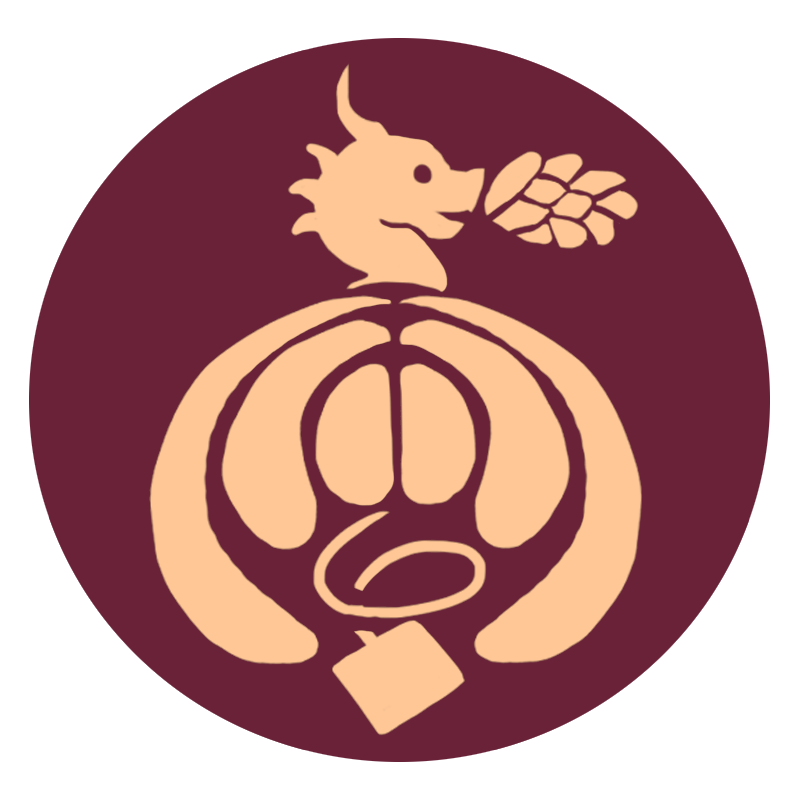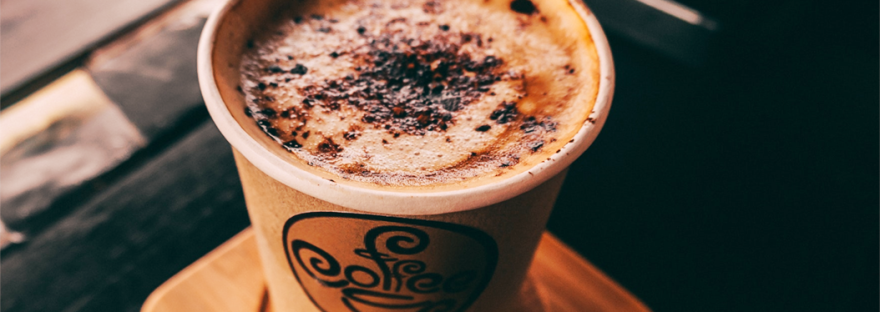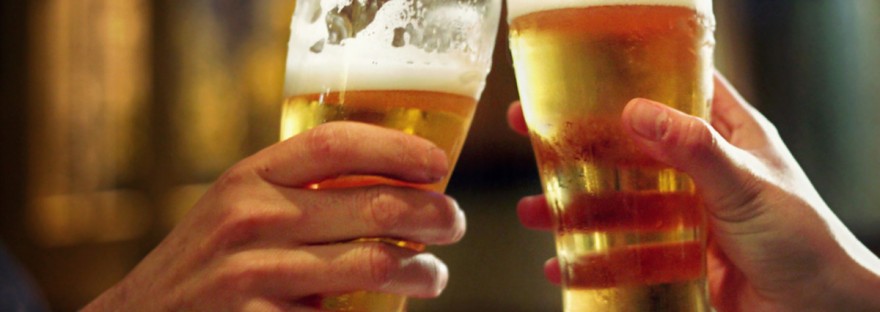Am I dreaming? I must be dreaming. A coffee roaster that specializes in decaf…with decaf sampler packs?
It’s no secret that being a decaf drinker means being comfortable with disappointment. When we’re not faced with The Token Decaf Bag while scrolling through a roaster’s portfolio, we’re sometimes faced with no bag whatsoever. To top things off, we’re inundated with lazy marketing tactics that treat decaf coffee like a punishment, a joke, or a cryptid to be whispered about.
It’s a little obnoxious, to say the least.
This purchase is a lesson in great coffee marketing. Talking Crow Roasters has eschewed the silly approach with a celebration of decaf as a coffee category worthy of nuance. They’re also Washington-based, which means I really had no excuse to take this long.
What do Talking Crow Roasters bring to the table other than a commitment to decaf coffee? Let’s take a look:
Continue reading “Decaf, Decaf Everywhere: Talking Crow Roasters’ Decaf Sampler Pack”










